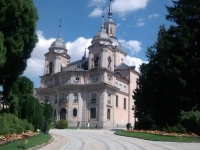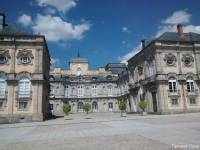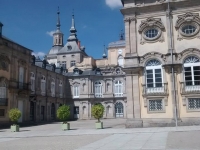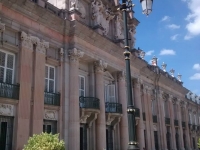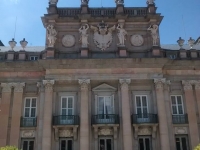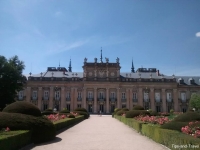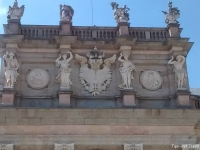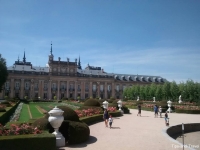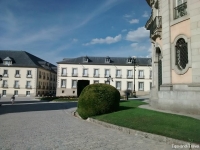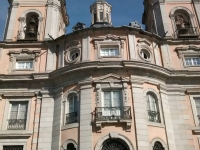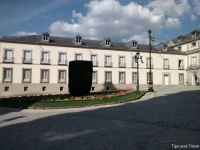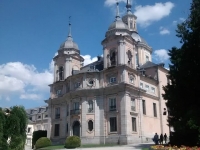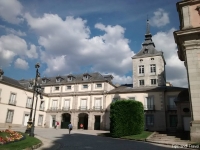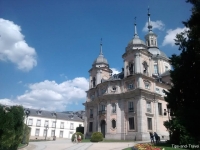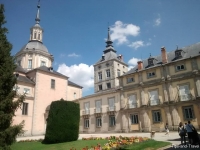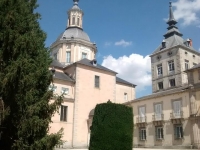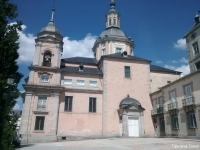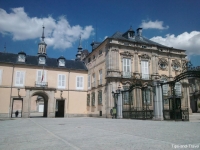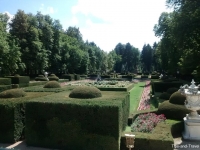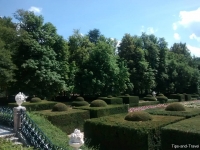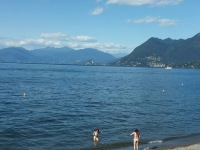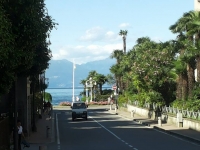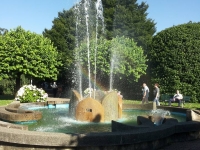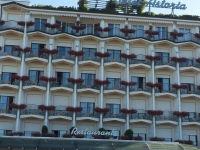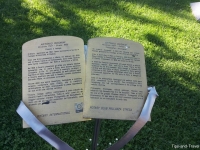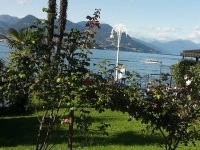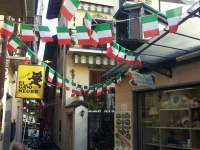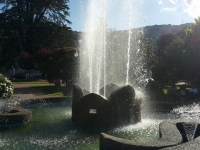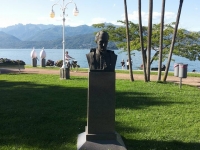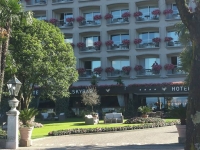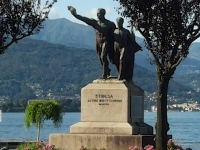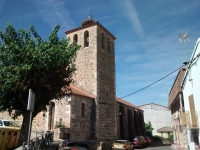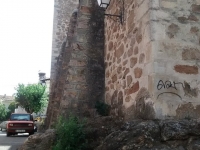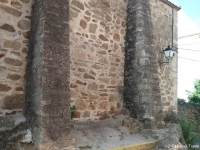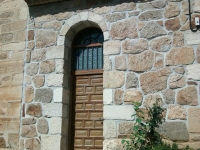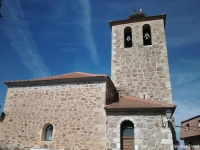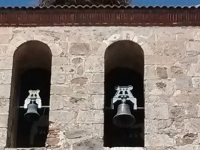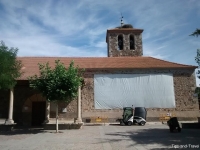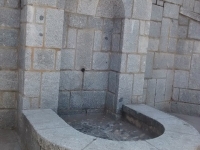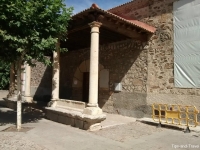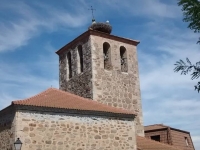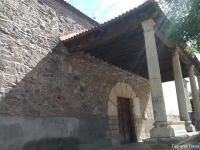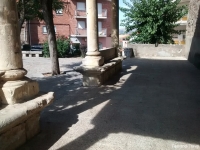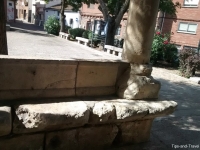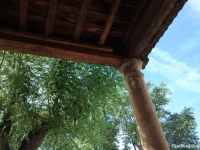The Royal Palace of La Granja de San Ildefonso is one of the residences of the Spanish royal family, in the Sierra de Guadarrama, 13 km from Segovia and 80 km from Madrid. The name comes from an old farm of Hieronymite monks who were nearby. Henry III built the first refuge and Henry IV built a shelter and a small chapel dedicated to Saint Ildefonso Bishop and the Catholic Monarchs in 1477 gave it to the monks who used the rural place to pray and to rest giving origin to the village taking the same name. It was Philip II who converted it into a sumptuous palace. In 1718, Felipe V, in love with the place, bought it from the monks and built a palace like Versailles and its gardens. The palace became the summer residence of the Spanish king and his court. Felipe V and his second wife are buried in the collegiate church. Several important episodes in Spanish history took place in the palace. The palace and its addictions are in U-shaped and in its gardens there are trees that are over 300 years. There are two terraces and a chapel (the Collegiate Church of the Holy Trinity). Inside, the palace is deeply baroque with beautiful frescoed ceilings and gold painted wood moldings with imposing glass lamps.
Tips
The palace is open to the public. It is advisable to wear comfortable shoes to visit the gardens because it is worth it not only for its plants and flowers but also for its fountains and monuments. From Thursday Saint they put the fountains on work at 17:30 on Wednesdays, Saturdays, Sundays and public holidays. The eight large fountains are operated alternately, but on May, 30th, July, 25th and August, 25th they work all at once. You have to pay an entrance fee, but on August 25 the admission is free.





